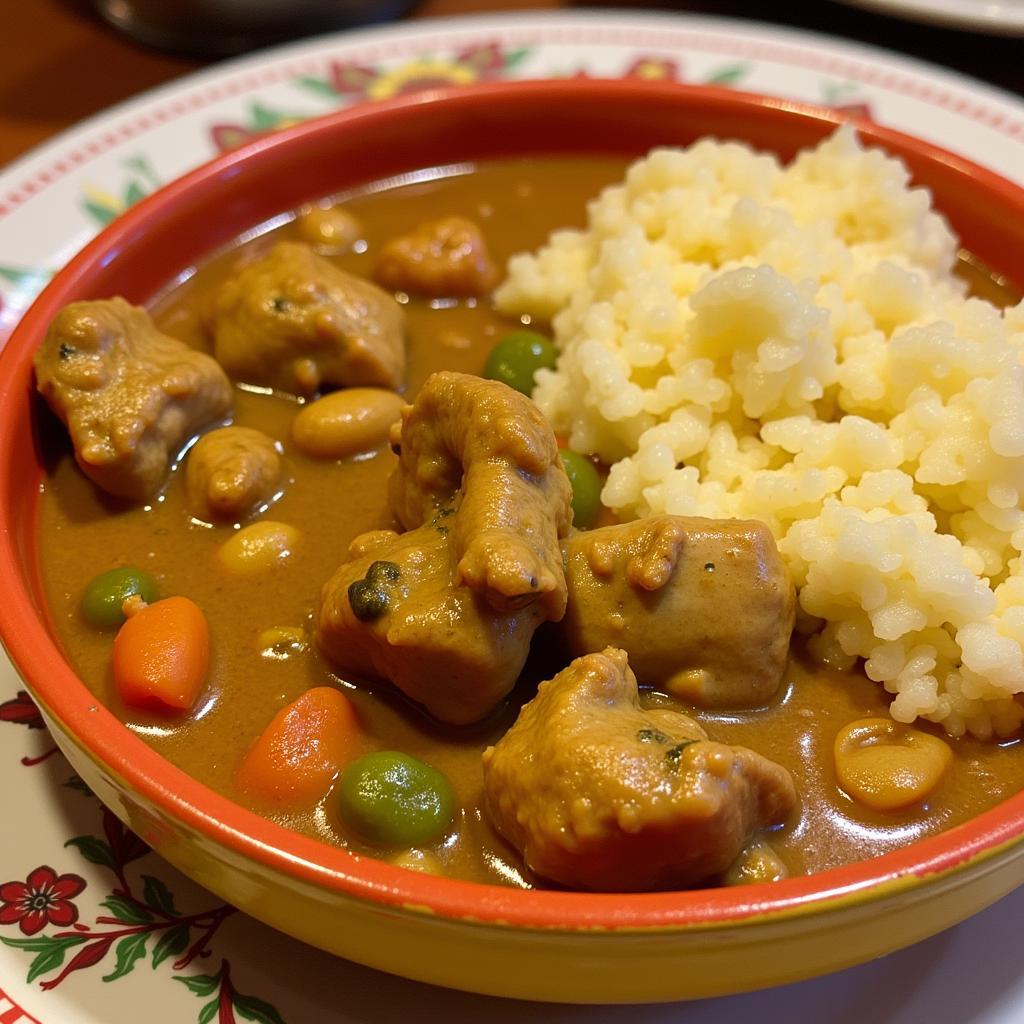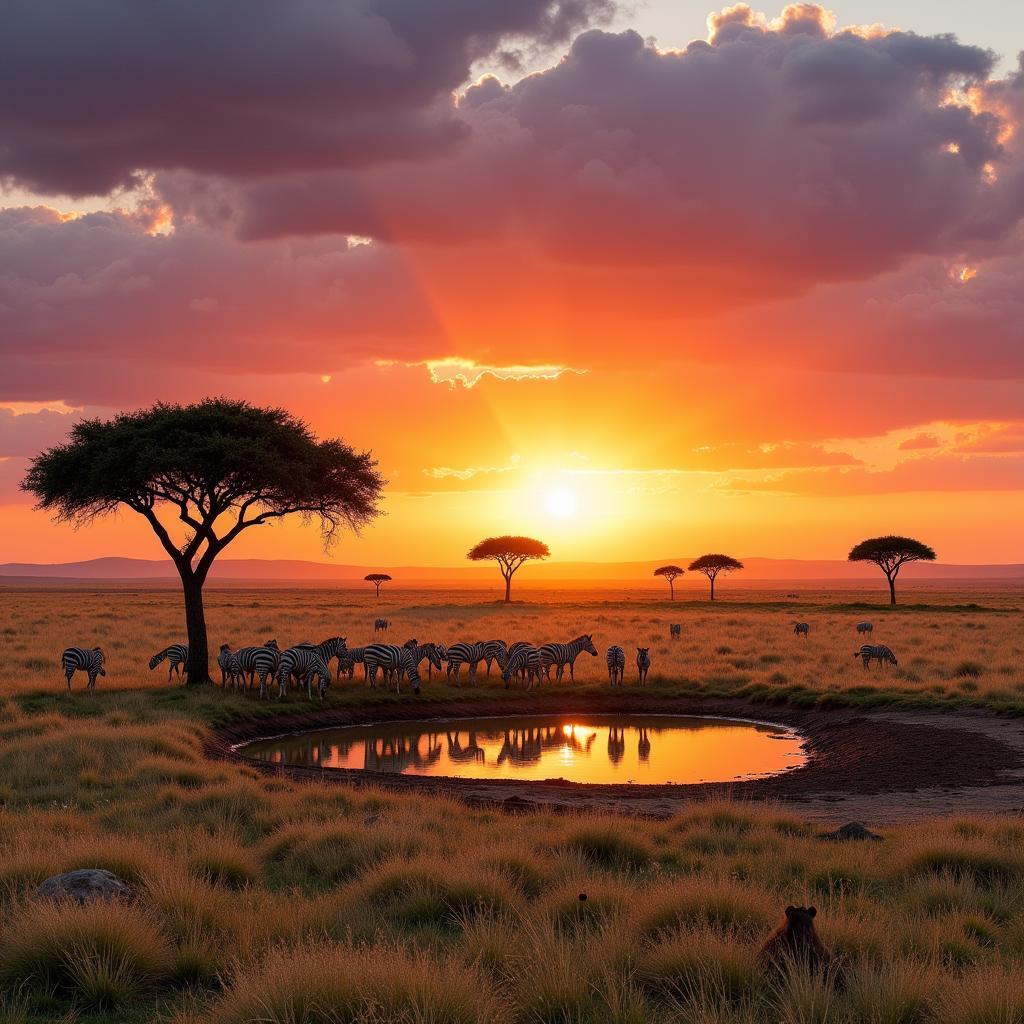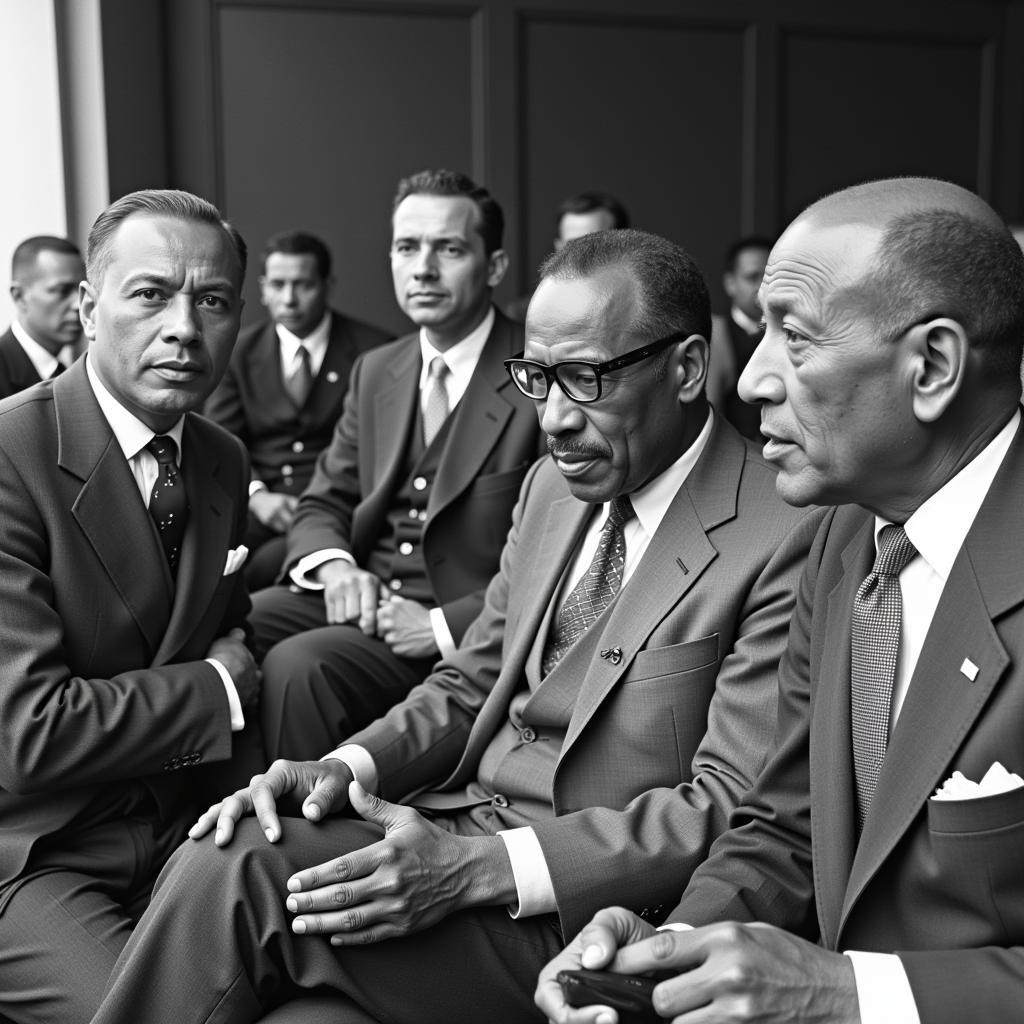African Bronze: A Glimpse into the Legacy of Lost Wax Casting
African Bronze art is a testament to the ingenuity and artistry of the continent’s diverse cultures. From the intricate Nok sculptures of Nigeria to the majestic Benin bronzes, these metal masterpieces have captivated audiences worldwide for centuries. The art of bronze casting, particularly the lost wax technique, holds a profound cultural significance in Africa and provides a window into the rich history and traditions of the continent.
The Lost Wax Process: A Journey from Clay to Bronze
The lost wax process, also known as the cire perdue technique, is a meticulous and ancient technique used to create bronze castings. The process begins with a clay model that serves as a template for the final bronze sculpture. A layer of wax is then applied over the clay model, creating a mold that will be used to cast the bronze. This wax mold is then coated with a layer of clay, creating a negative mold.
The wax model is carefully carved and shaped, adding intricate details and textures to the sculpture. Once the wax model is complete, it is heated to melt the wax, leaving behind a hollow clay mold. The molten bronze is then poured into the mold, taking the shape of the wax model. After cooling and solidifying, the clay mold is broken apart to reveal the finished bronze sculpture.
The Significance of African Bronze Casting: A Legacy of Skill and Innovation
Bronze casting in Africa has been a vital part of cultural expression, artistic creation, and religious practices for millennia. It has been a means of creating objects of beauty, power, and symbolism, reflecting the beliefs and values of diverse African societies.
Bronze in Art and Decoration:
- Figurative Sculptures: These sculptures often depict human figures, animals, and mythical beings, representing the spirituality, beliefs, and social structure of the cultures that produced them. Examples include the iconic Ife heads, known for their naturalism and intricate details.
- Ritual Vessels: Bronze was also used to create ceremonial objects like vessels, containers, and masks, used in religious ceremonies, rituals, and social gatherings.
- Jewelry and Adornments: From elaborate earrings and necklaces to decorative bracelets and rings, bronze played a significant role in personal adornment, highlighting social status, power, and cultural identity.
Bronze in Warfare and Power:
- Weapons: Bronze was used to create weapons like swords, spears, and axes, demonstrating the technological advancements and military prowess of various African societies.
- Royal Regalia: The use of bronze in creating regalia like crowns, scepters, and ceremonial staffs further solidified the status and power of rulers and chieftains.
The Legacy of African Bronze Art:
- Trade Networks: The production of bronze art fostered extensive trade networks across the continent and beyond, connecting different cultures and sharing artistic styles and techniques.
- Cultural Exchange: The exchange of bronze objects facilitated the transmission of ideas, beliefs, and practices, contributing to the evolution of African art and culture.
“The lost wax technique was a true testament to the skill and dedication of African artisans. It wasn’t just about casting bronze; it was about capturing the essence of a culture, its beliefs, and its spirit,” says Dr. Abeni Adekoya, a renowned historian specializing in African Art.
Modern Appreciation: Reclaiming the Narrative of African Bronze Art
In recent years, there has been a renewed interest in African bronze art, with museums and collectors around the world recognizing the importance of these masterpieces. This resurgence is fueled by a growing understanding of the cultural significance of African art, its role in shaping the continent’s history, and its contribution to the global artistic canon.
Reclaiming the Narrative:
- Challenging Western Narratives: The appreciation of African bronze art is a crucial step in challenging Western narratives that often marginalized and misrepresented African cultures.
- Centering African Voices: It is essential to acknowledge and celebrate the voices and perspectives of African artists, historians, and cultural practitioners who have long championed the legacy of African bronze art.
- A Bridge to Understanding: Understanding the history and techniques behind African bronze art helps us bridge cultural gaps and foster a deeper appreciation for the rich and diverse artistic heritage of the continent.
Frequently Asked Questions
Q1: What are some of the most famous examples of African bronze art?
A1: Some notable examples include the Ife heads, the Benin bronzes, the Nok terracotta sculptures, and the Igbo bronze castings.
Q2: How did the lost wax technique evolve in Africa?
A2: The lost wax technique has been used in Africa for centuries, with variations emerging in different regions and periods. The specific processes and materials used varied, reflecting the ingenuity and adaptability of African artists.
Q3: Why is African bronze art important today?
A3: African bronze art offers valuable insights into the history, traditions, and beliefs of the continent’s diverse cultures. It also serves as a source of inspiration for contemporary artists and a powerful symbol of African creativity and resilience.
Q4: How can I learn more about African bronze art?
A4: There are many resources available to explore, including museums, galleries, online databases, and academic publications. Visiting museums like the British Museum, the Metropolitan Museum of Art, and the Musée du Quai Branly in Paris can offer a firsthand experience of African bronze art.
Q5: What is the future of African bronze art?
A5: The future of African bronze art is bright, with a growing appreciation for its cultural significance and artistic value. Contemporary African artists are drawing inspiration from traditional techniques while exploring new materials and forms.
Q6: Can I see African bronze art in person?
A6: Yes, many museums and galleries around the world have extensive collections of African bronze art. To find museums near you with African bronze art, you can search online using terms like “African bronze art museums” or “museums with African art.”
Q7: What can I do to support African bronze art?
A7: You can support African bronze art by visiting museums and galleries, attending exhibitions, and learning more about the history and techniques behind this art form. You can also consider supporting organizations dedicated to preserving and promoting African art and culture.
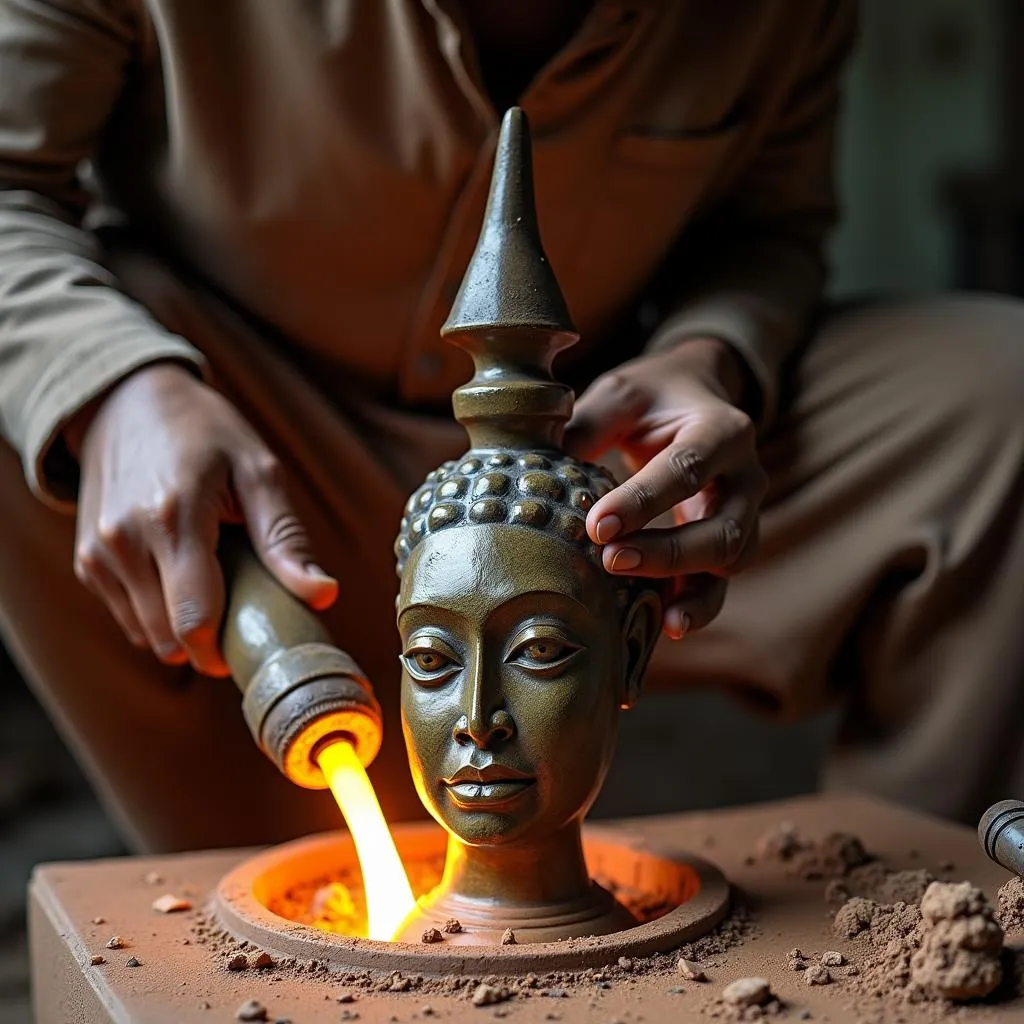 Bronze Casting Artist Working on an Ife Head
Bronze Casting Artist Working on an Ife Head
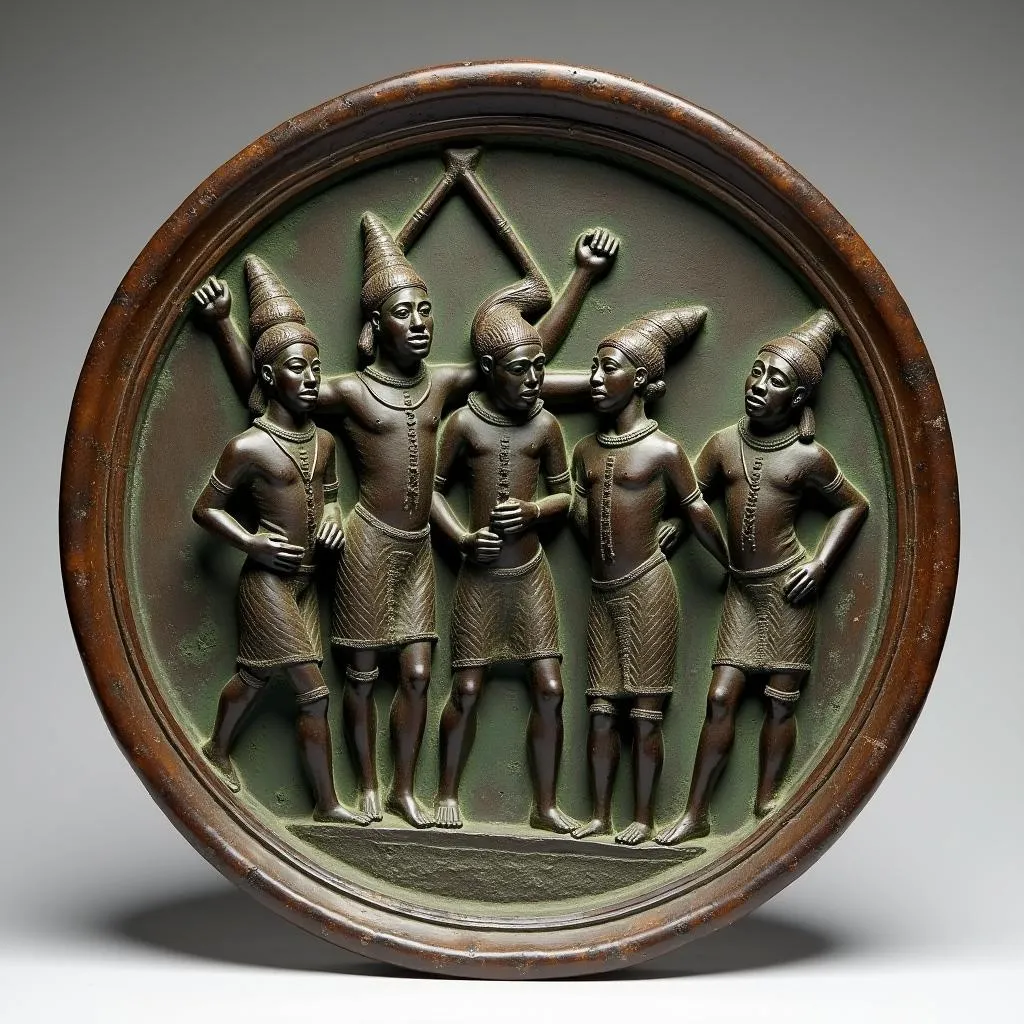 Benin Bronze Plaque Depicting a Military Scene
Benin Bronze Plaque Depicting a Military Scene
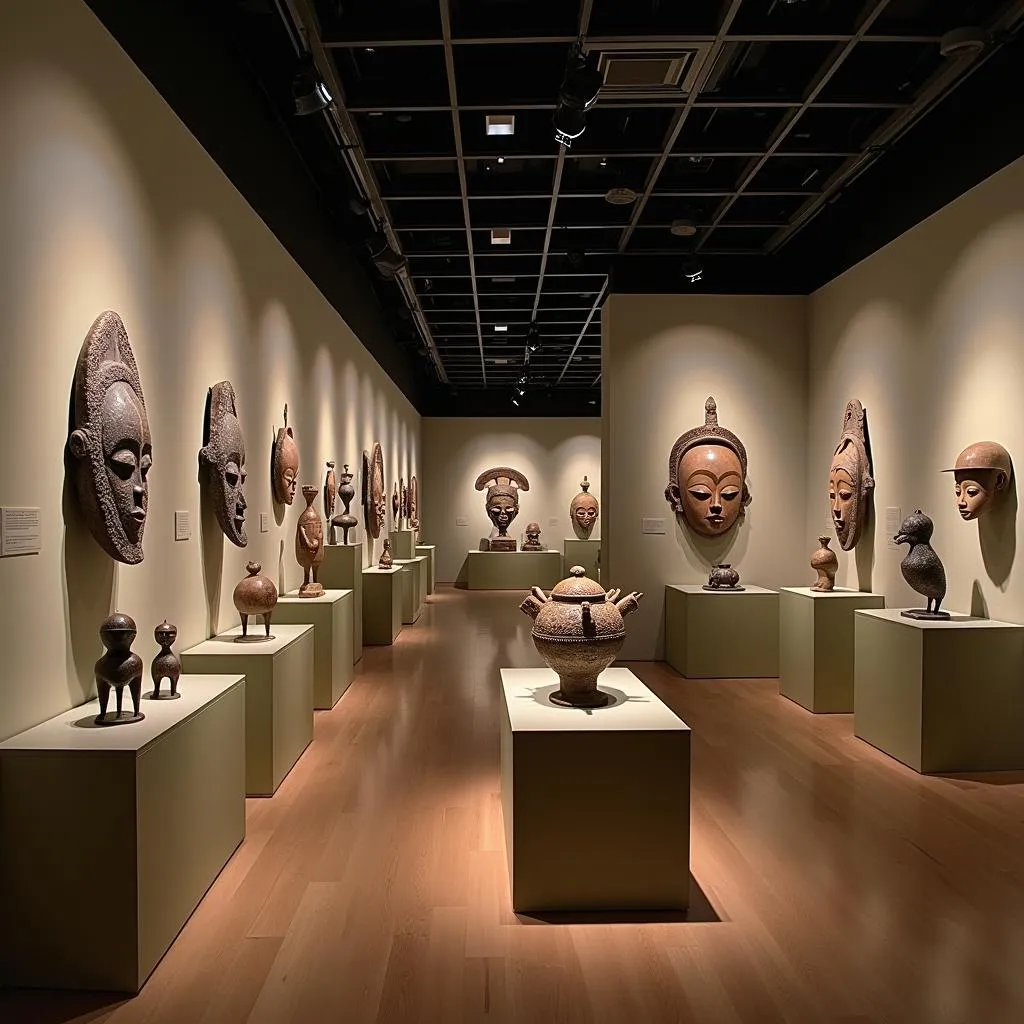 African Bronze Art Exhibition at a Museum
African Bronze Art Exhibition at a Museum
The legacy of African bronze art is one of enduring creativity, cultural richness, and artistic excellence. As we continue to explore and appreciate these extraordinary masterpieces, we gain a deeper understanding of the continent’s vibrant history and the enduring power of art.
